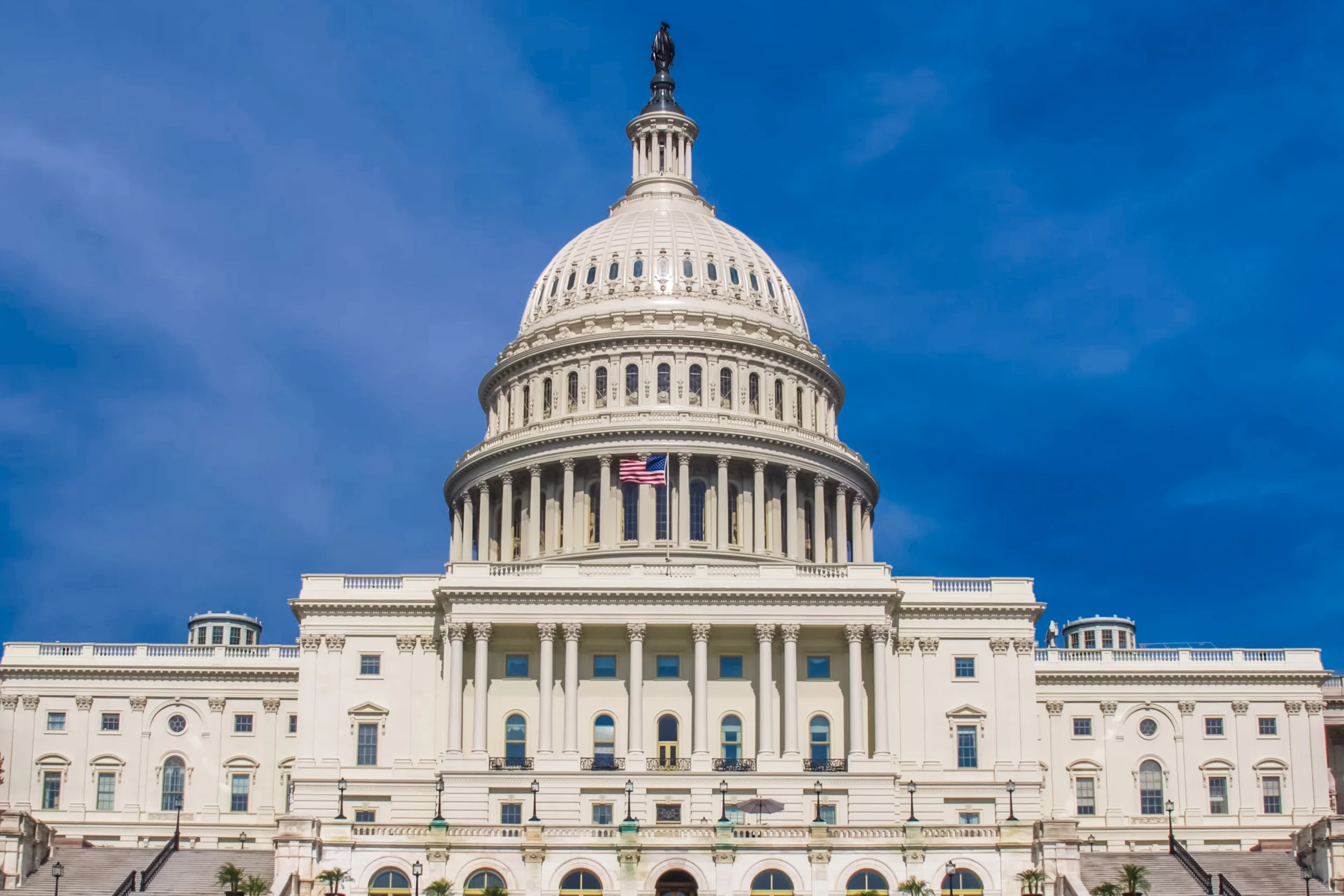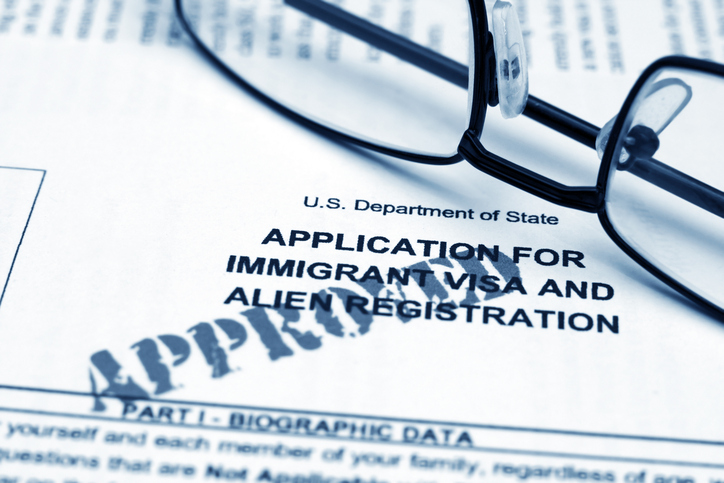Although the US federal government has partially shut down as of December 22, 2018, due to the President’s inability to sign a spending bill, most immigration-related processes remain operational at USCIS, DOL, and the State Department. However, USCIS has announced that E-Verify and E-Verify services are inaccessible. Several policies have been implemented to ease the burden on both employers and employees.
Read MoreRecent third party intervention has ensured that litigation over the H-4 EAD will move forward. Immigration Voice, a group representing high-skilled foreign nationals, filed a Motion to Intervene with the federal court where the case has been pending (“held in abeyance”) since March 2017 due to government delay. That motion was granted on December 17, 2018, and the Court has ordered the case to move forward. Opening briefs are due in January 2019.
The Department of State (DOS) has issued its January 2019 Visa Bulletin. Overall, there was very little movement in most categories this month. EB-1 for all nationals advanced by three months. There was no movement for the EB-2 category, except for Chinese nationals which advanced by one month. EB-3 for Chinese and Indian nationals remained unchanged, while Philippine nationals advanced by another week.
Read MoreThe Administrative Appeals Office (“AAO”) of the U.S. Citizenship and Immigration Services (“USCIS”) released a decision earlier this week, ruling that USCIS had improperly revoked the L-1A status of an international manager whose employer had not filed an amendment petition to reflect a change in the manager’s worksite. The AAO agreed with the employer, an IT consulting services company, that an amendment petition was not required because the managerial job duties remained essentially the same for purposes of L-1A classification and the change in worksite was not “material.”
Read MoreU.S. Citizenship and Immigration Services (USCIS) has just proposed two major changes to the H-1B visa lottery process, which takes place each year during the first week of April.
Read MoreThe Ninth Circuit Court of Appeals issued a decision (Ma v. Sessions) earlier this month, upholding the removal order of an H-1B worker whose timely filed H-1B extension petition was denied and whose following application for permanent residence based on employment also was denied. The court reasoned that the H-1B worker was not eligible for permanent residence because he had more than 180 days of unlawful status by the time he had filed his application for permanent residence. The H-1B worker argued that he was in lawful status while his H-1B extension petition was pending because the regulations automatically extend work authorization during this time and that he only started accruing unlawful status once his extension petition was denied. The court disagreed. It held that such work authorization does not constitute “lawful status” and that the H-1B worker had ceased to be in lawful status once the underlying petition had expired. As such, the H-1B worker had well over 180 days of unlawful status at the time he applied for permanent residence and was not eligible for any relief.
Read MoreThe Department of Homeland Security’s Customs and Border Protection (“CBP”) unit, which is responsible for immigration enforcement along U.S. borders, has indicated it will expand the use of facial recognition technology to record departure information from international travelers. The technology is being implemented gradually at airports nationwide.
Read MoreStarting October 1, 2018, U.S. Citizenship & Immigration Services (USCIS) may begin removal (also referred to as “deportation”) proceedings after denying an application for a benefit, such as an application for adjustment of status to lawful permanent resident (Form I-485), naturalization (Form N-400), or change or extension of status (Form I-539). This new policy stems from President Trump’s Executive Order 13768, “Enhancing Public Safety in the Interior of the United States.”
Read MoreUSCIS announced today that it will temporarily suspend premium processing for most H-1B petitions filed at the Vermont and California Service Centers beginning September 11, 2018. USCIS expects that the suspension will last until February 19, 2019.
Read MoreUSCIS has clarified that STEM OPT extensions are available to international students who will work at a site other than the employer’s principal place of business. USCIS updated its website on Friday, August 17, with this clarification.
Read More









